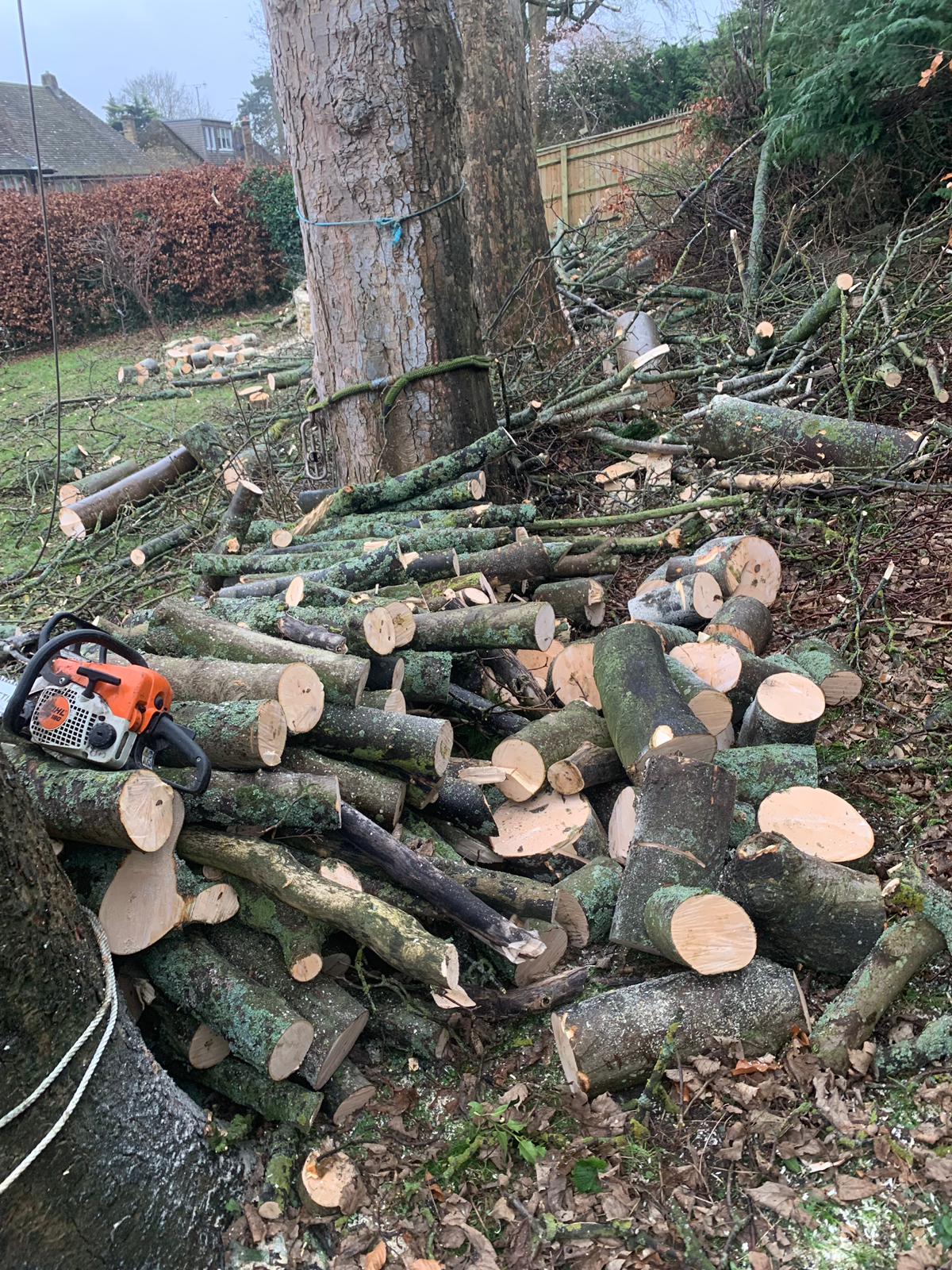Caring for plants is an important aspect of maintaining a wholesome and eco-friendly environment in our homes and communities. As property owners, we often take for granted the towering giants that provide canopy, aesthetics, and numerous ecological benefits. Yet, just like any other organic entity, trees require proper care and attention to thrive. This is especially critical when it comes to logging, a task that, when required, should be approached with caution and consideration.
In our pursuit of sustainability, it is important to understand not only how to nurture trees but also when it might be essential to remove one. Trees can experience from diseases, insects, and natural stressors that may lead to the challenging choice of removal. However, sustainable tree care practices can help us minimize the need for such actions. By adopting strategies that promote the well-being of our trees and neighboring ecosystems, we can guarantee that our landscapes remain lively and foster biodiversity.
Grasping Arbor Well-Being
Preserving the condition of arborescent organisms is crucial for the dual purposes of environmental stability and the visual appeal of your land. Well-nourished trees offer a variety of benefits such as cooling, aesthetic value, and homes for animals. To ensure your trees thrive, it's necessary to identify the indicators of good condition, which feature vibrant canopy, sturdy boughs, and a strong main support. Frequent observing for insects, illnesses, and environmental stressors can assist you identify concerns before they worsen.
The quality of soil plays a key role in the health of trees. Arborescent organisms depend on their root systems to absorb essential elements and liquid, which mainly come from the ground. Poor soil quality can result in reduced expansion and susceptibility to illness. Conducting soil tests can give information into mineral availability and acidity, enabling you to amend the ground as required. Using mulch can also help conserve moisture and boost the quality of soil over time.
A further crucial aspect of tree health is proper moisture supply and maintenance techniques. During arid periods, arborescent organisms may need additional watering to ward off stress, while too much water can result in decay of roots. Trimming helps to cut off diseased branches and promotes lush growth by permitting greater solar radiation and aerosphere. Comprehending the individual requirements of different tree types in your landscape will help you to deliver the best nurturing, guaranteeing the endurance and vitality of your trees.

At what time as well as How to Cut down Trees In an eco-friendly manner
Felling trees sustainably involves knowing the right timing plus approach to carry it out. The most suitable time for tree cutting is during late winter or the beginning of spring when trees are in their inactive state. This minimization of timing lessens the pressure on the tree and surrounding biosphere, allowing for better healing for surrounding vegetation. Additionally, it helps stop the propagation of pests and diseases that can be more prevalent during the warmer season.
Before harvesting a tree, it is essential to evaluate its state and the adjacent environment. Look for spez-ag.ch of illness, decayed limbs, or structural weakness. Speaking with an expert can provide important information into whether cutting is essential. If the tree poses a hazard to property or people, ensure that protection steps are in place, including removing the area around the tree and using appropriate safety equipment.
When it comes to the true felling process, adhere to sustainable approaches by using productive techniques that lessen waste. Adopting the directional felling method can help direct the tree's fall and lessen impact to surrounding flora. After harvesting, consider using the wood in an eco-friendly manner, whether for fuel, mulch, or even timber, to ensure that the tree continues to provide value rather than being thrown away.
Post-Felling Care and Replanting
After a tree has been cut down, it is crucial to tend to the site with care. Commence by clearing away all debris, such as branches and stump remnants, to prevent any potential hazards. Consider using a stump grinder to get rid of the stump completely, as this not only enhances the aesthetics of your yard but also thwarts pests and diseases from taking hold in decaying wood. Moreover, ensure that any remaining roots do not interfere with future planting or landscaping efforts.
Once the area is cleaned up, consider replenishing your landscape with new trees or plants. Choose species that are suitable to your local environment and soil conditions. Choosing native species can enhance local biodiversity and may need less maintenance over time. When planting, ensure proper spacing and planting depth, and provide adequate water to help your new trees develop strong root systems. Timing your planting during the appropriate season can also improve the success rate of your new additions.
Finally, implement a care regimen for your newly planted trees. Regular watering, mulching, and monitoring for pests and diseases will help them flourish. It’s crucial to provide support for young trees, especially in windy conditions. By focusing on sustainable practices, you contribute to a better ecosystem while beautifying your home and ensuring that your landscape thrives for years to come.
